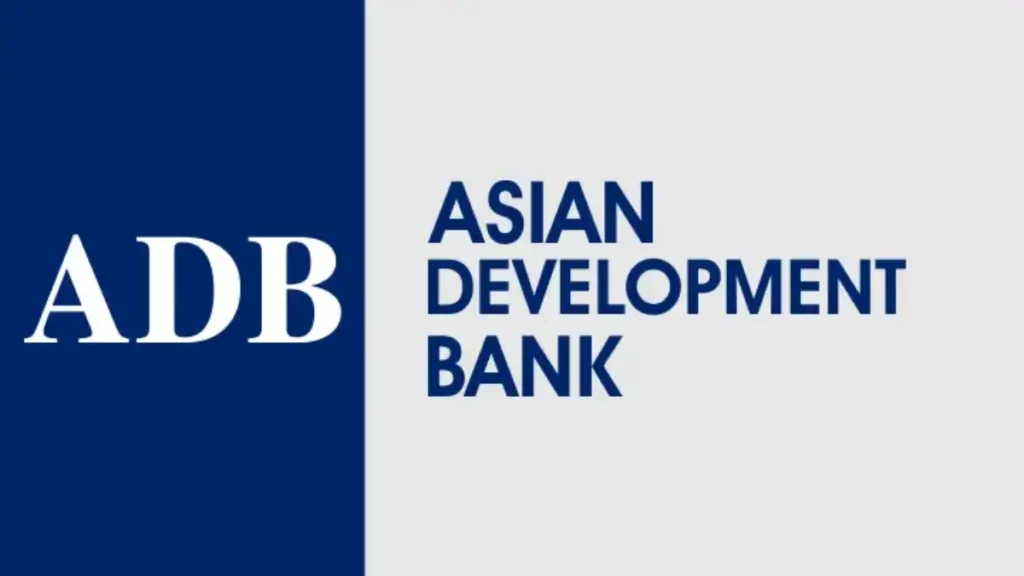Asian Development Bank (ADB) reports that the higher estimate of 6% for fiscal 2022-2023 reflects a robust performance in net exports, with imports declining more than anticipated and export growth remaining relatively stable. The manufacturing sector, supported by favorable government policies, played a significant role in driving growth across businesses of all sizes. Although crop losses due to natural disasters persisted, they were partially mitigated through subsidies, incentives, and other measures. The service sector experienced positive growth, primarily attributed to increased activities in warehousing, support services, healthcare, and social services. On the demand side, both public consumption and investment surpassed expectations, contributing to overall economic expansion. ADB maintains a growth forecast of 6.5% for fiscal year 2024, unchanged from the previous estimate.
ADB also maintains its growth projection for developing economies in Asia and the Pacific at 4.8% this year, emphasizing the continued support from robust domestic demand. The region’s inflation is expected to decline further, approaching pre-pandemic levels, as fuel and food prices decrease, according to the Asian Development Outlook (ADO) report released in July 2023. Inflation for developing Asia is anticipated to be 3.6% this year, lower than the April forecast of 4.2%. However, the inflation outlook for 2024 has been revised slightly upward to 3.4% from the previous estimate of 3.3%.
The reopening of the People’s Republic of China (PRC) is playing a significant role in bolstering the region’s growth. The PRC’s economy is projected to grow by 5.0% this year, reflecting unchanged figures from the April forecast, primarily due to strong domestic demand in the services sector. However, the demand for Asia’s exports, particularly electronics and manufactured goods, is slowing down as major advanced economies implement monetary tightening measures, impacting overall economic activity. Consequently, the growth forecast for the region in the following year has been marginally revised downward to 4.7% from the previous estimate of 4.8% in April.
ADB Chief Economist Albert Park acknowledges the steady pace of recovery in Asia and the Pacific from the pandemic. He highlights the driving forces of growth, including domestic demand, robust services activity, and the resurgence of tourism in many economies. However, challenges remain in terms of weak industrial activity and exports. Additionally, the outlook for global growth and demand in the coming year has worsened.

